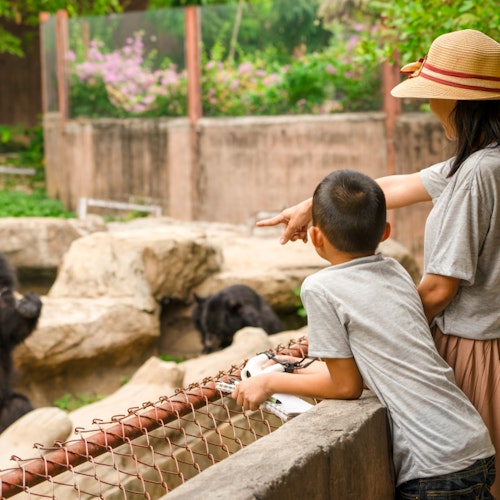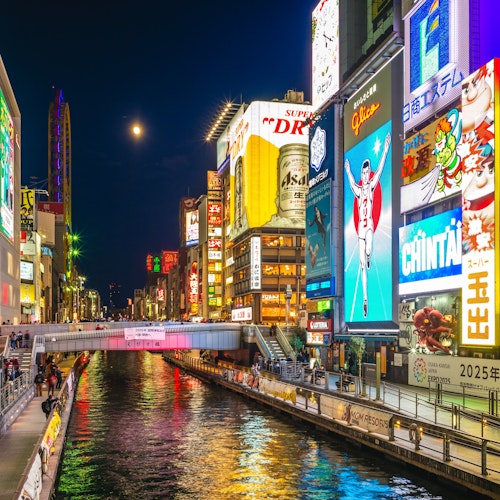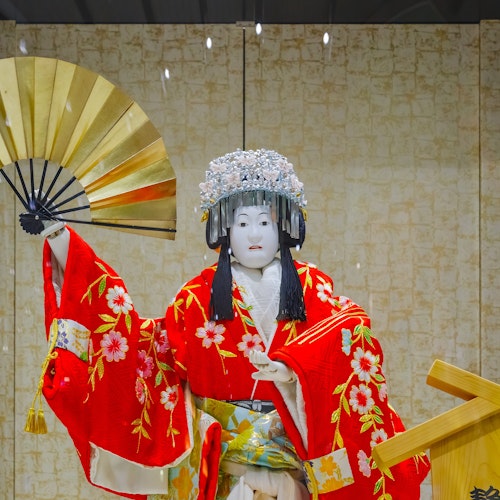
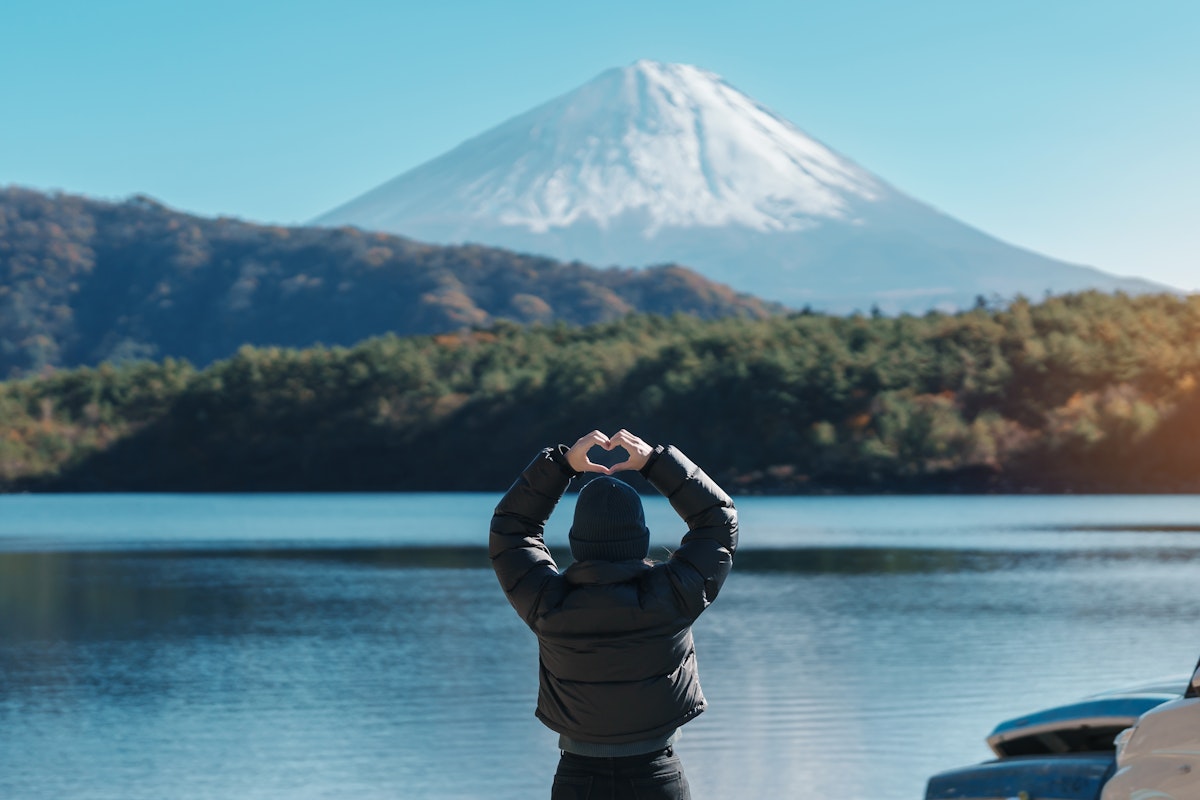
A day trip from Tokyo to Mount Fuji offers a world of natural wonder, Japanese culture, and unparalleled beauty, making it an unmissable highlight in any Japanese itinerary. With its iconic snow-capped peak and status as Japan's highest mountain, Mount Fuji is more than a symbol; it's a profoundly spiritual landmark revered by Japanese people for centuries.
In this guide, we'll uncover the best ways to visit Mount Fuji on a day trip, maximize your experience, and what stops and sights will make this journey unforgettable. Whether you're seeking adventurous hikes, breathtaking viewpoints, or just an escape from Tokyo's bustling streets, this guide will set you up for a fantastic Fuji adventure.
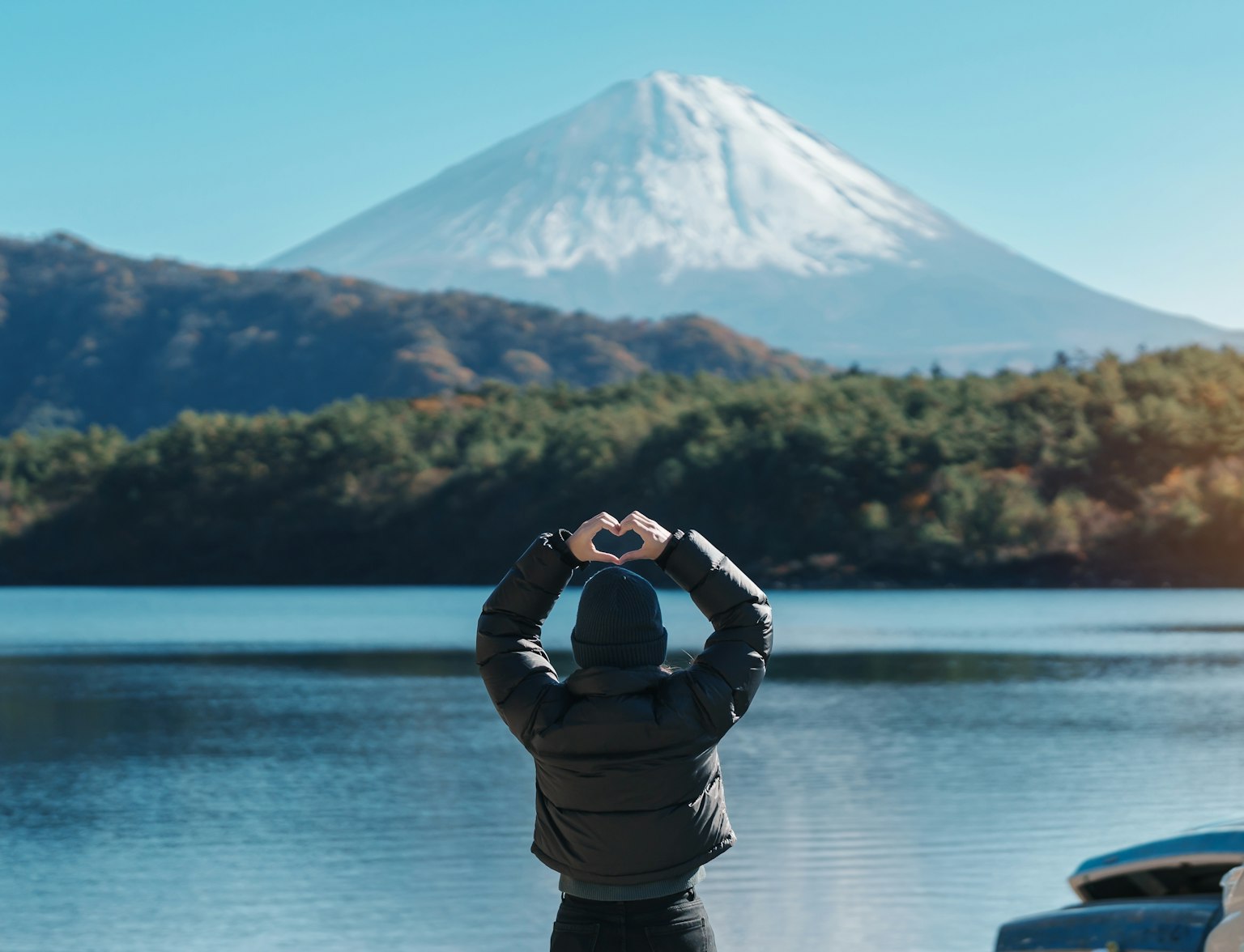
Embark on a customizable full-day tour to Mount Fuji and its iconic surroundings.

Mount Fuji is about 100 kilometers southwest of Tokyo, and with various routes available, it's essential to pick the option that best suits your travel style and budget. Here are some of the most convenient ways to reach Mount Fuji:
Direct Bus from Tokyo Station or Shinjuku Station: The Fujikyu bus or highway buses from Tokyo Station or Shinjuku Station are among the most direct and budget-friendly options, with a journey taking roughly two hours.
Japan Rail Pass: If you have a Japan Rail Pass, local trains offer scenic routes to the Fuji area. You can take the JR Chuo Line to Otsuki Station and then switch to the Fujikyu Railway to reach Kawaguchiko Station.
Bus Tours: For ease and convenience, a guided bus tour can take you directly to Fuji and other attractions, often with a knowledgeable tour guide to enrich your experience.
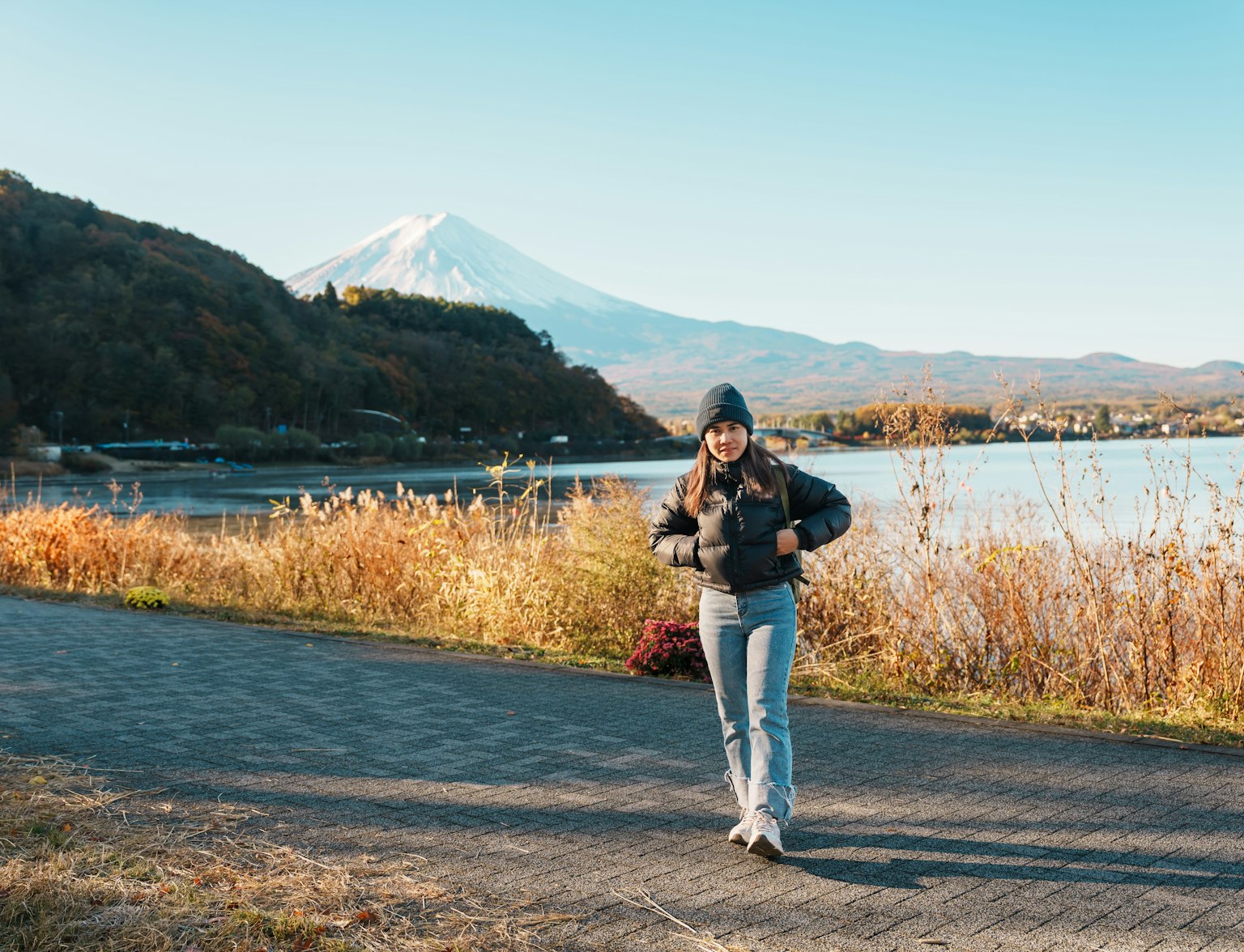
Hop on a spectacular journey to the heart of Japan's iconic natural beauty.
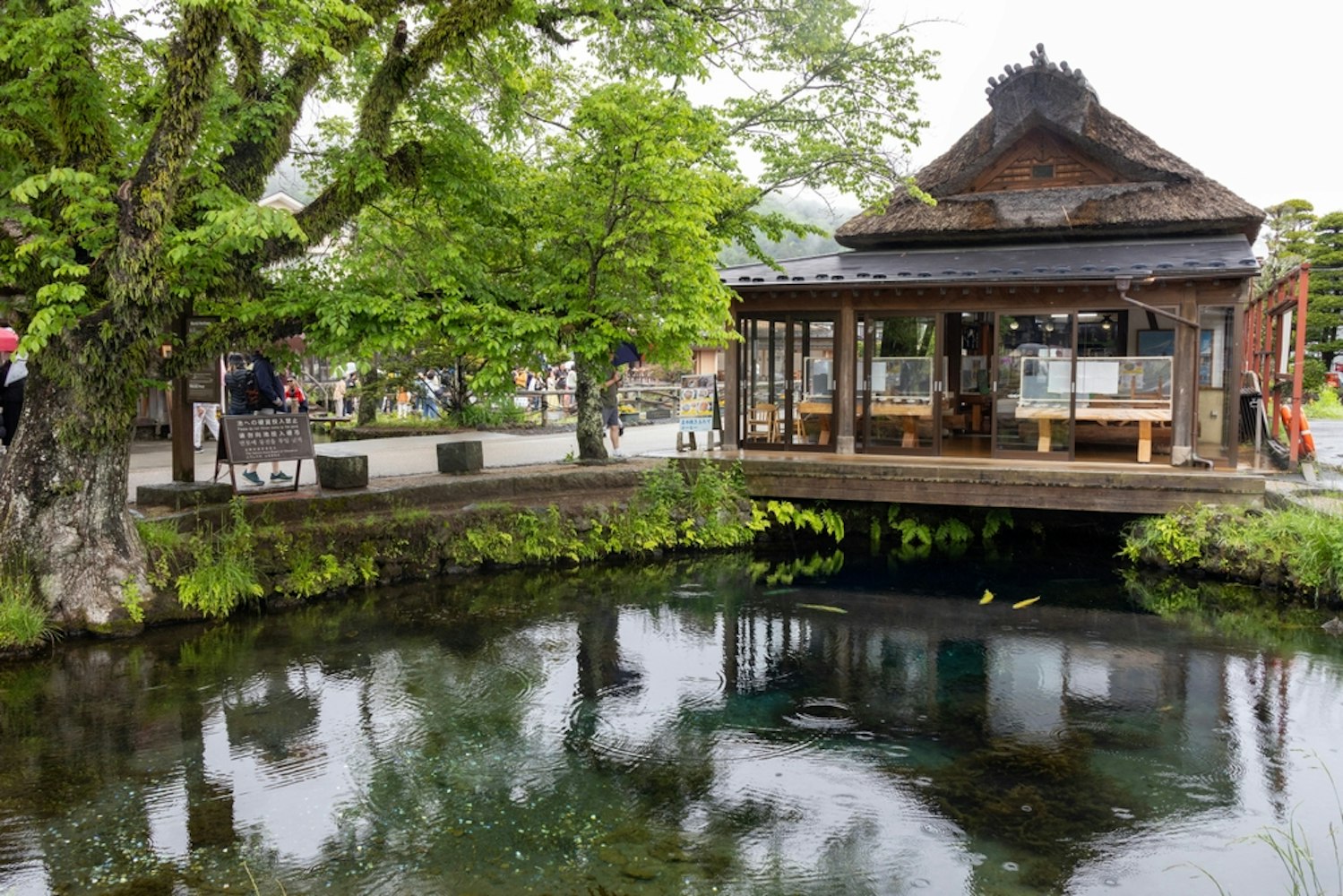
A day trip to Mount Fuji is complete with carefully choosing your stops. Here are the top destinations that make this journey truly remarkable:
Fuji Five Lakes Region: The Fuji Five Lakes (Kawaguchi, Yamanaka, Shoji, Motosu, and Sai) encircle the northern base of Mount Fuji, offering incredible views and serene activities. Lake Kawaguchi is the most popular, with easy access from Kawaguchiko Station. Don't miss Oishi Park along Lake Kawaguchi for seasonal blooms and great photos.
Fuji 5th Station: If you aim to get close to the mountain, head to the Fuji 5th Station. Located halfway up the mountain at 2,305 meters, the 5th Station offers panoramic views, shrines, and gift shops. Local buses from Kawaguchiko Station provide easy access, making it an ideal spot for photos and short walks.
Chureito Pagoda and Arakurayama Sengen Park: For one of the most iconic views of Mount Fuji, the Chureito Pagoda at Arakurayama Sengen Park is a must-visit. This five-storied pagoda with Mount Fuji in the background is incredibly stunning during cherry blossom season in early April.
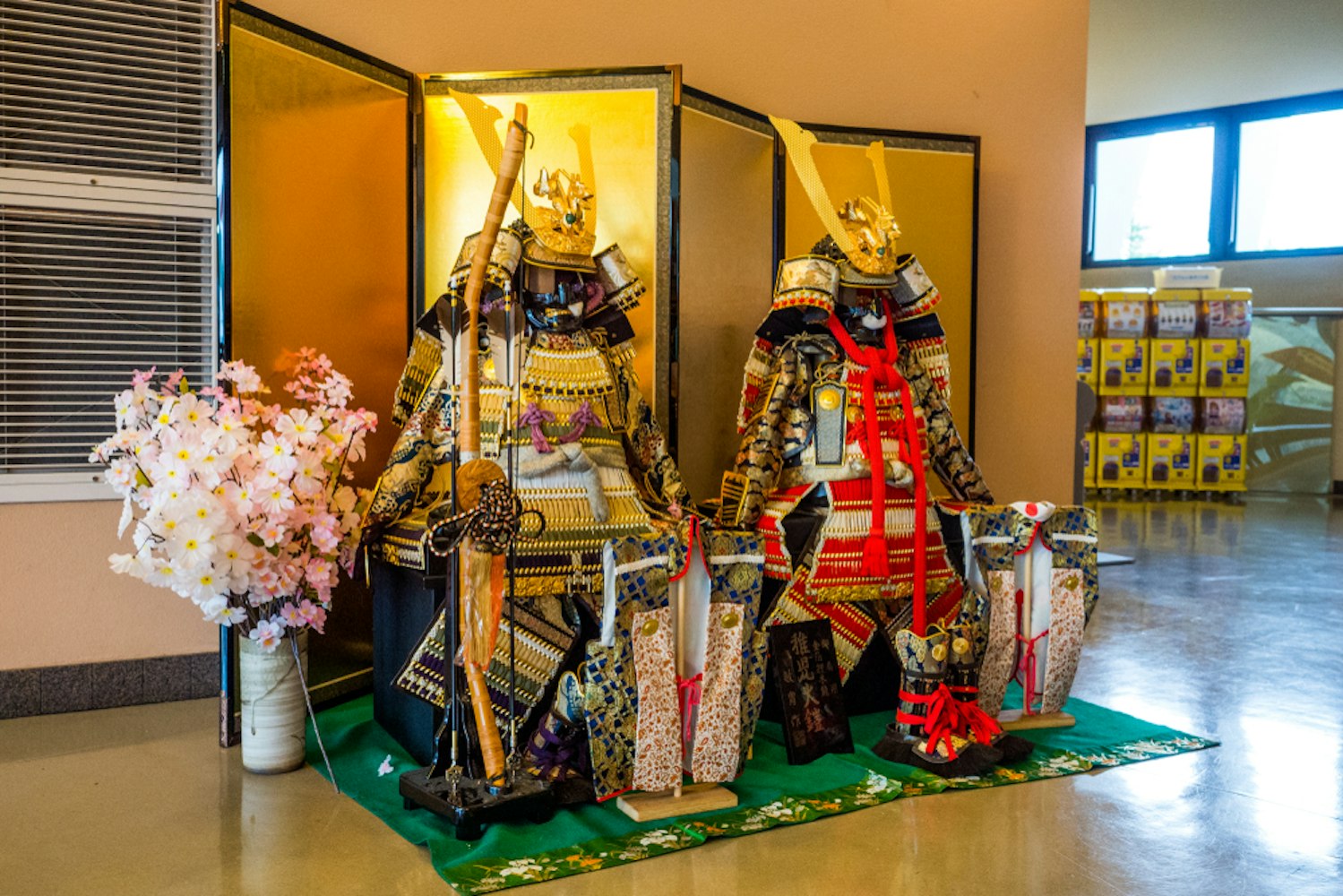
Fujisan World Heritage Center: A visit to the Fujisan World Heritage Center offers a deeper look at Mount Fuji's significance as a sacred site and its UNESCO status. Exhibits about the mountain's history, ecology, and spiritual importance are on display here.
Sengen Shrine: Sengen shrines are scattered around Mount Fuji, but the main Fujiyoshida Sengen Shrine is worth visiting. It's believed to be the starting point of pilgrimages to ascend Mount Fuji.
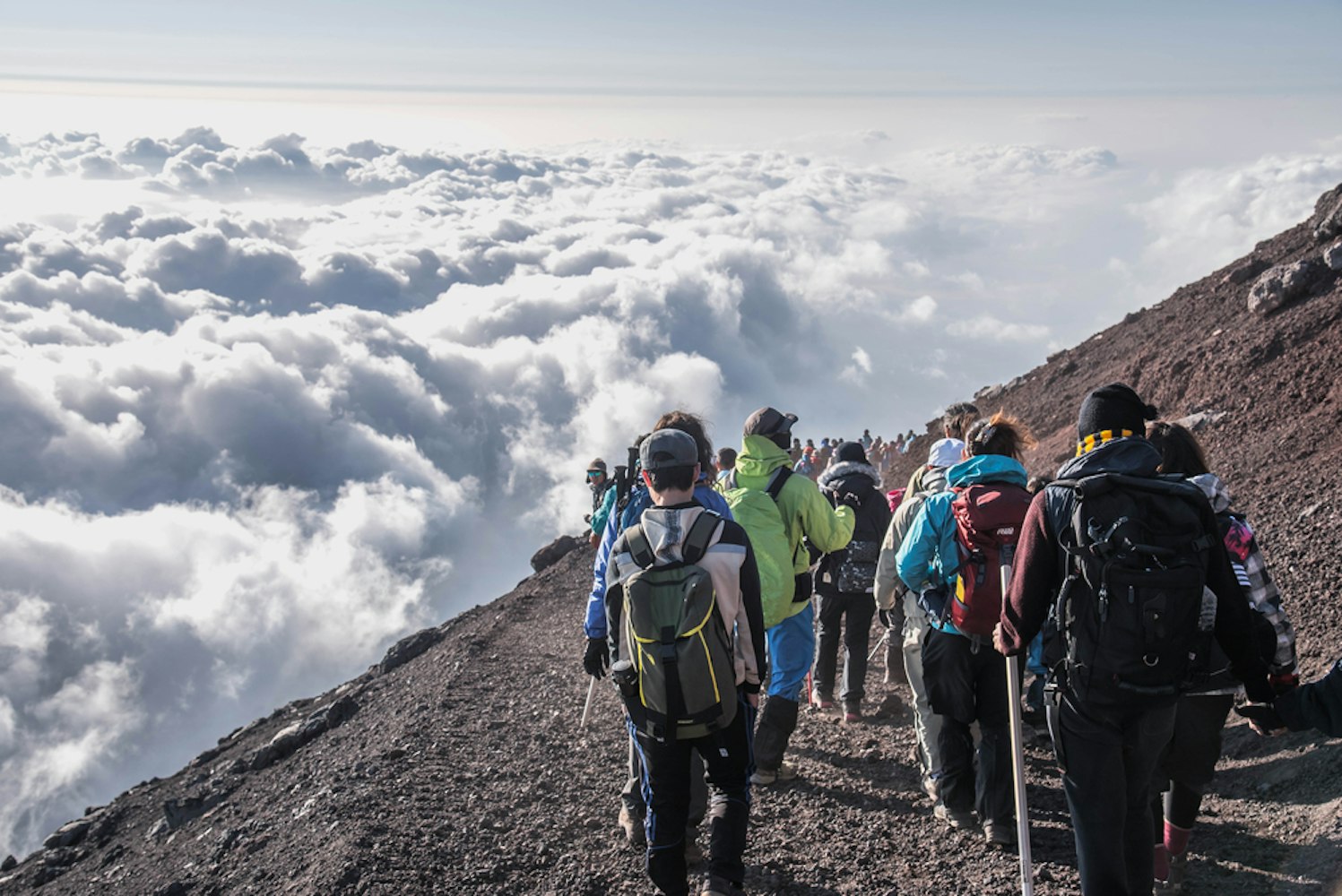
Mount Fuji offers thrilling outdoor activities that range from relaxing to adrenaline-pumping, making it ideal for diverse interests:
Hiking and Climbing Season: If you're visiting during the official climbing season, between early July and mid-August, consider taking a short hike or even attempting the total ascent of Mount Fuji if time allows. For many, climbing Mount Fuji is a once-in-a-lifetime adventure.
Fuji Q Highland Theme Park: For thrill-seekers, Fuji Q Highland offers some of Japan's most exhilarating roller coasters with the stunning backdrop of Mount Fuji. It's a perfect mix of adrenaline and scenic beauty, especially when traveling with family or friends.
Hot Springs (Onsen): Soak in natural hot springs at places like Lake Yamanaka and Hakone, where you can relax with views of Mount Fuji. These hot springs offer a rejuvenating experience, especially after a day of travel.
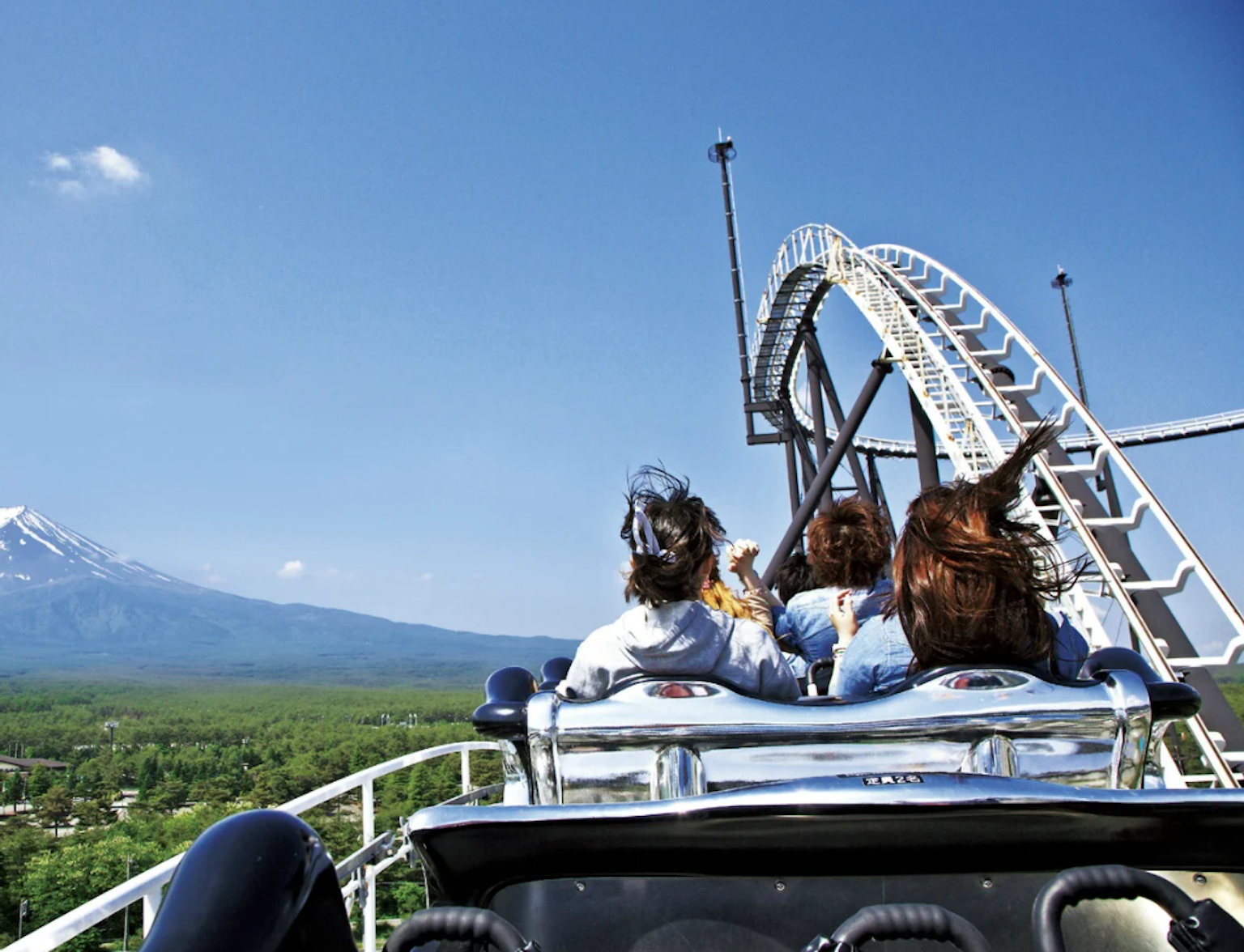
Dive into Fuji-Q Highland's thrilling rides and magical views of Mt. Fuji.
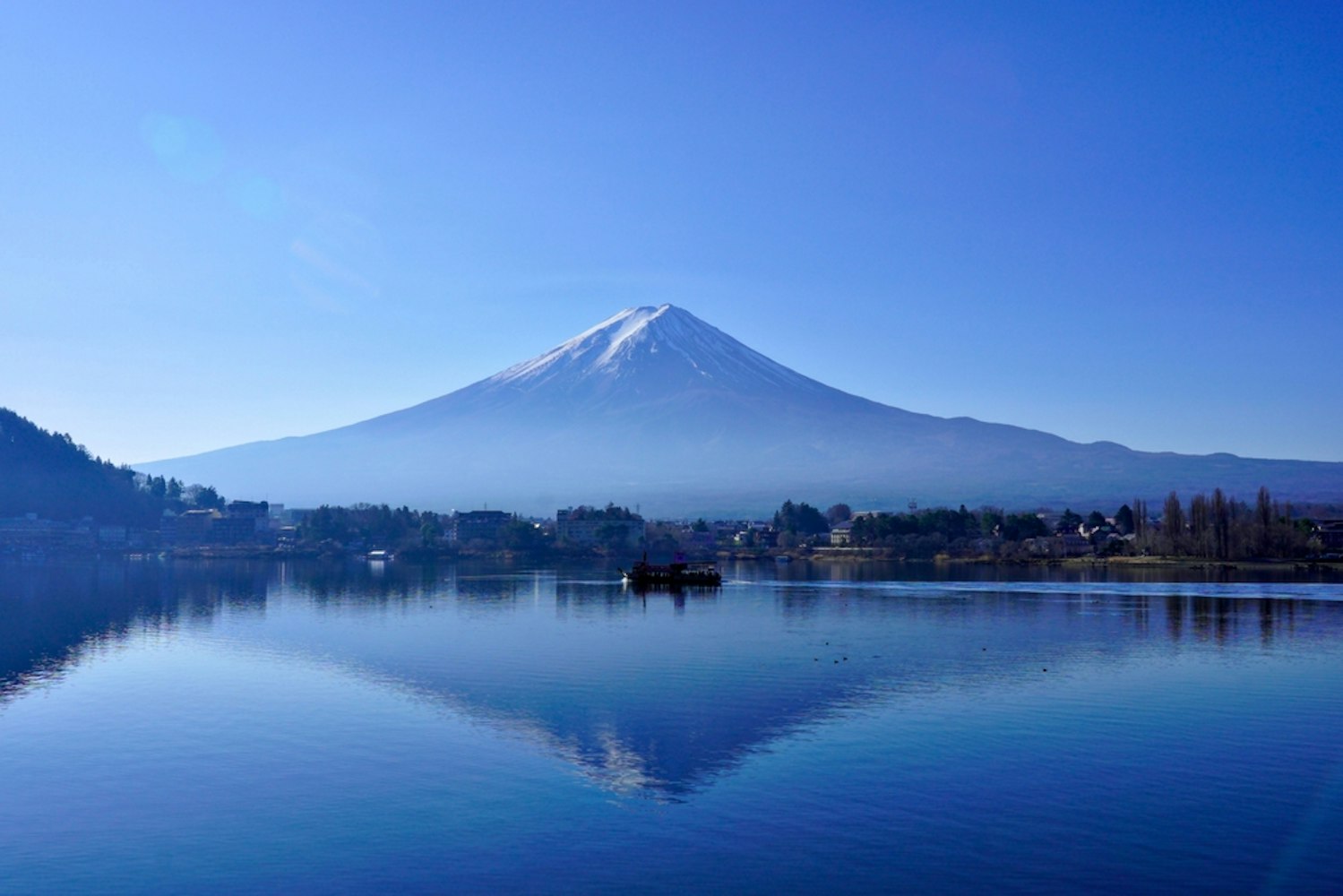
The landscape around Mount Fuji is filled with observation decks and spots that offer remarkable views:
Lake Kawaguchi and Lake Ashi: Both lakes provide unobstructed views of Mount Fuji and have plenty of options for boat cruises and lakeside cafes.
Tokyo Skytree and Tokyo Tower: For those interested in a longer mountain view from Tokyo itself, head to the Tokyo Skytree or Tokyo Tower. You can see Mount Fuji from these iconic Tokyo landmarks on clear days.
Hakone Ropeway: Combine a trip to the Fuji area with a scenic ride on the Hakone Ropeway, which offers fantastic views of Lake Ashi and Mount Fuji.
Check Weather Conditions: Mount Fuji is often obscured by clouds, so check Google Maps or weather apps for current conditions. Visiting on a clear day or during early mornings increases your chance of seeing the full view of the mountain.
Budgeting and Extra Costs: Be prepared for potential extra costs, especially if you plan on exploring multiple attractions, such as entrance fees for theme parks, observation decks, or hot springs.
Packing Essentials: Bring layers as the weather can change quickly around Mount Fuji, especially at higher altitudes. Remember water, snacks, and a portable charger for your phone, as you'll be snapping plenty of photos!
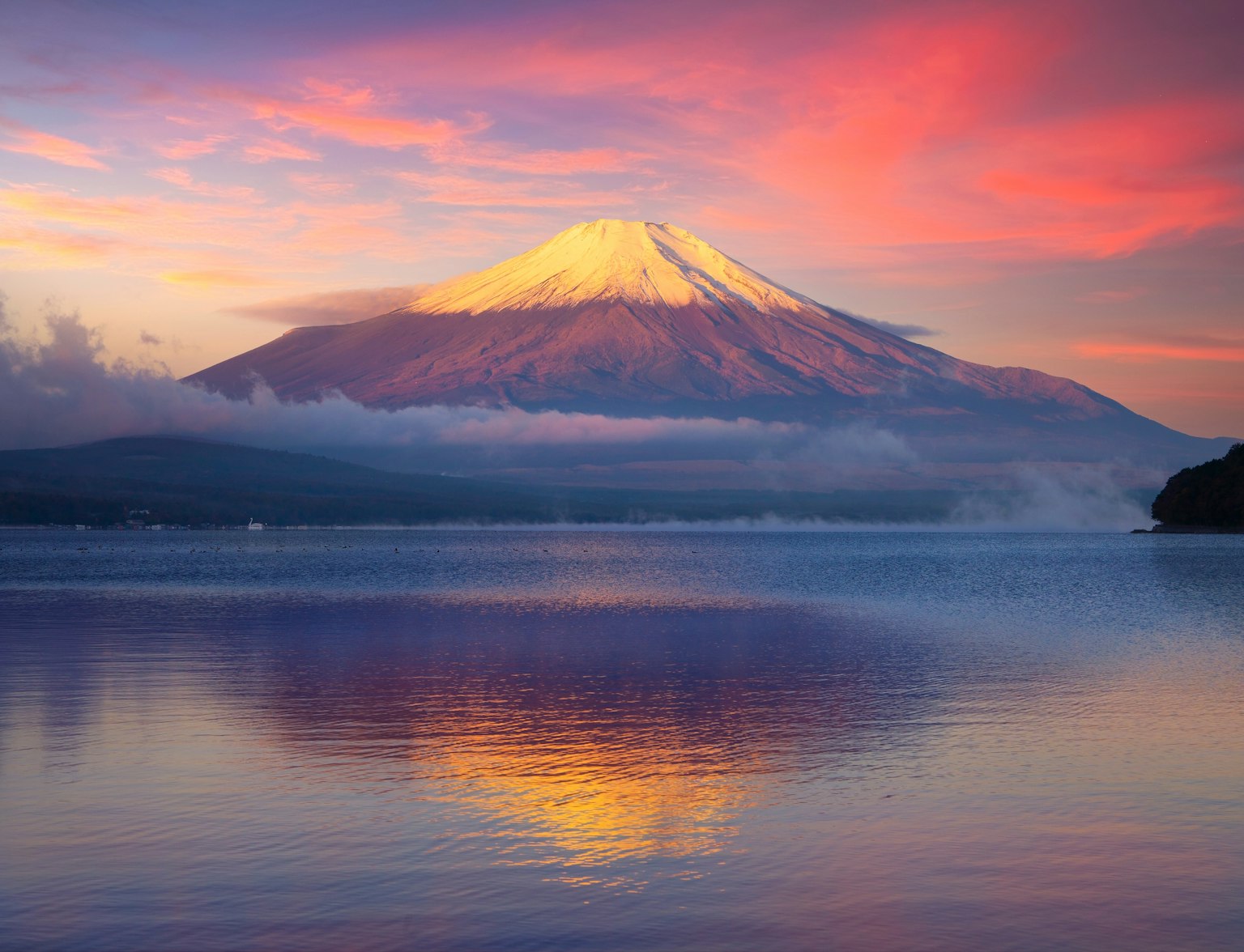
Explore the magnificent Mt. Fuji and the picturesque Hakone area.
Staying overnight around Mount Fuji lets you fully unwind and enjoy the area's beauty without the rush of a day trip. With a night's stay, you can explore leisurely, allowing time for more activities and visits to additional scenic spots, like the serene Fuji Five Lakes.
Lake Kawaguchi and the surrounding region offer cozy guesthouses and hotels, many of which provide stunning views of Mount Fuji from your window. Early mornings tend to have the clearest skies, giving you the best chance to see the mountain in all its glory before clouds settle in.
A Mount Fuji day trip from Tokyo offers more than just a visit to Japan's highest mountain; it provides a window into Japan's natural beauty, cultural depth, and serene landscapes. With countless options to explore, from the Fuji Five Lakes to thrilling rides at Fuji Q Highland and iconic sights like the Chureito Pagoda, your day trip promises memories that will last a lifetime.
Whether you're a solo traveler, part of a family, or with friends, visiting Mount Fuji is worth it. So, start planning your trip from Tokyo, pack your essentials, and prepare for a journey that combines Japan's tranquility with the majesty of Mount Fuji.
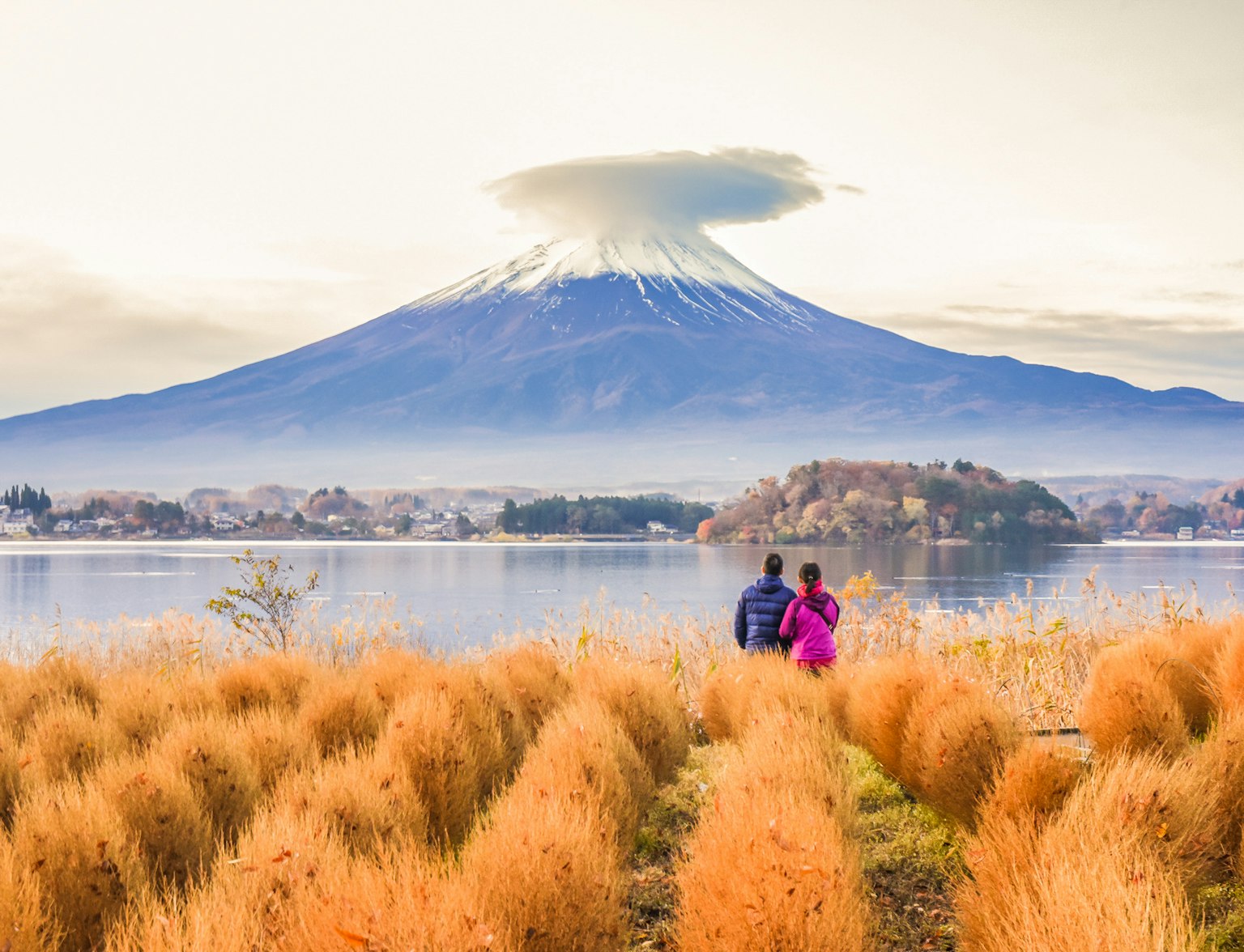
Experience Mount Fuji's serene beauty and cultural richness on this comprehensive private tour.
